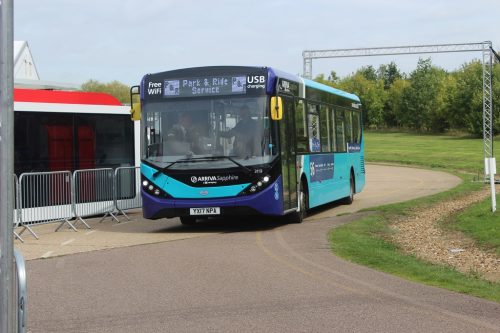
James Day attends the 10th annual Cenex Low Carbon Vehicle Event at Milbrook and lists some of the highlights for the coach and bus industry
Now in it’s 10th year, Cenex’s Low Carbon Vehicle Event (LCV) at Millbrook Proving Ground has grown massively in the decade it has been running.
Opening the event on September 6, outgoing Cenex Chairman, Brendon Connor, quipped that the first event featured 10 vehicles (only two of which worked properly on the day) and lasted for four hours. Now, the event features a vast array of the motor industry’s most high tech green vehicles and runs for two days, with an extensive seminar programme and a plethora of ride and drive opportunities. It is a real staple in the industry calendar for any business interested in developments in this sector.[…]
By subscribing you will benefit from:
- Operator & Supplier Profiles
- Face-to-Face Interviews
- Lastest News
- Test Drives and Reviews
- Legal Updates
- Route Focus
- Industry Insider Opinions
- Passenger Perspective
- Vehicle Launches
- and much more!


